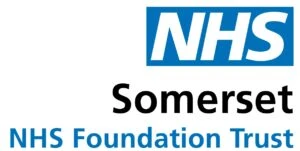Interventions in Labour
Sometimes, you and your baby need a little help to finish the birth process.
Breaking Waters (Amniotomy)
Before or during labour, your waters will break but sometimes they don’t. If your labour is slow or your baby seems unwell, your midwife might break your waters. This is called “amniotomy.” Your midwife uses a clean hook to make a tiny hole in the water bag around your baby. This is safe for your baby and can help speed up labour.
Oxytocin (also called Synto or Syntocinon)
Oxytocin helps your womb contract. If your contractions are too slow or too weak, you might get oxytocin through a small tube (drip) in your hand or arm until your baby is born. This hormone makes the womb start to contract. Your contractions and your baby’s heartbeat will be watched closely with a CTG when you have this drip.
Episiotomy
Sometimes, a small cut is made to your perineum (the area between your vagina and your rectum) to help your baby come out. This is done for your baby’s safety or if there’s risk of a tear. The cut will be stitched and should heal in about a month.
Assisted Birth (using Ventouse/Forceps)
An assisted vaginal birth is where the consultant/doctor uses special tools to help deliver your baby during the last stage of labour. If pushing isn’t helping your baby come out consultant/doctors can use tools like forceps or a vacuum cup (ventouse).
- A ventouse is a metal or plastic suction cup that is placed on your baby’s head.
- Forceps are curved metal tongs that are placed around your baby’s head.
Your consultant/doctors will use these tools gently while you push during contractions. These tools are safe and are only used when needed.
Your consultant/doctor will talk to you about why they need to use these, how they will use them and any risks to you and your baby. They will choose the best one for you, your baby, and your situation.
Emergency Caesarean Birth
This is an unplanned or in-labour caesarean-section which happens during labour, or before labour starts if your baby needs to be delivered quickly. This could be because of a medical problem or a concern about yours or your baby’s health.
About 15 out of 100 babies are born this way. Usually, you will be awake but you will have an epidural, so you don’t feel any pain. But if there’s not enough time, you might be put to sleep with a general anaesthetic. Like any surgery, a caesarean-section can have some risks. Your midwives or doctors will talk to you about them before surgery. After this birth, you’ll recover like after a planned caesarean.


